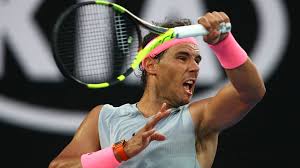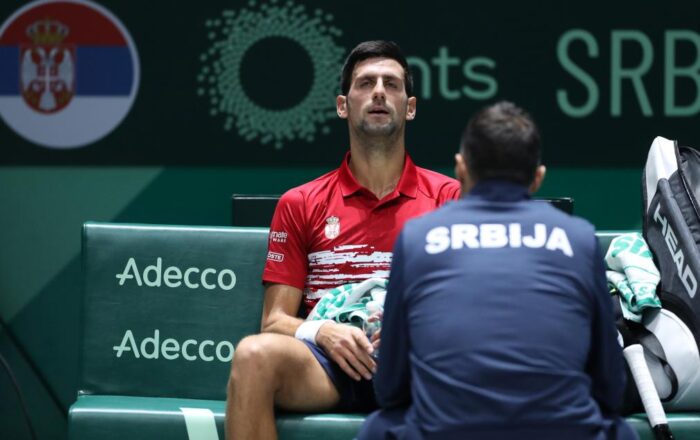
At a time when the brain drain and the march of Spanish talent is one of the biggest problems of a population to which the economic crisis has forced to seek life outside of Spain, in the world of tennis, the Spanish Federation (RFET) has decided to acquire three Challenger tournaments (located behind the ATP) with which both young and veterans can progress in the rankings without having to leave home.
“I think this initiative was necessary because at the end of where the players start coming from the Futures and then from the Challengers, the last step to the ATP is to play these tournaments. It is very positive that we give the opportunity to the Spaniards. I think it’s a priority, “explains Colpisa Pablo Andujar, 32, with three titles in his record and currently ranked 605 in the ranking due to a series of injuries that have barely allowed him to play in the last two years. .
The Federation has bought the tournaments of Villena (Alicante), in the academy of Juan Carlos Ferrero, Manacor (Palma de Mallorca), in the academy of Rafael Nadal, and one more of which the location is still unknown.
The Villena tournament will be held between April 1 and 8 and will have a prize pool of 50,000 dollars (40,600 euros); that of Manacor, between August 27 and September 2, with a ‘prize money’ of 40,600 euros, and the third, will be held between October 1 and 7, increasing the prizes to 75,000 dollars (61,000 euros ). In addition, the RFET finances that of Casino Almiral in Marbella, between March 25 and March 31 (40,600 euros). To these four tournaments we must add the existing ones of El Espinar (Segovia), with a prize pool of 100,000 dollars (81,000 euros), and the Sevilla Cup (40,600 euros).
“Not only is it a help for young people, but for all Spanish players, because going from two to six tournaments means that there are already four more a year that, instead of going away, we can stay at home,” says Carlos Taberner, 20 years old, from Valencia and located in the 184th position of the ATP. The vice-president of the RFET, Tomás Carbonell, is in the same thread as the players and says that “having more Challenger helps create more interest in tennis in the place where it is done”.
The trips, the payment of the flight to the coach, the stay during the week of competition (if the tournament does not include it) and the uncertainty of not knowing when the player’s participation will end, with the consequent increase in the return ticket, are just some of the economic problems that the players have to face. All this is reduced if, instead of traveling to Slovakia, for example, the tournament is held in Spain. «Especially the economic issue. For an 18-year-old boy, who is not one of the best and has no contracts, he has to pay for the trip on his own. It is not the same to have to pay for your trip plus your coach’s, when it is a car trip, than when it is by plane. The possibility of closeness gives you the option to play more tournaments, “says Andújar.
The example of Italy
In the comparison with other Mediterranean countries like Italy, Spain loses clearly, since, between January and June of this year, the transalpine country has accumulated nine Challenger tournaments, while adding 19 tournaments in all 2017. «When I started and had 20 years I played a lot there because there was not “, Andújar clarifies.
Although this number of tournaments does not ensure a superstar at the level of Nadal, Italy has twelve players in the top 200 worldwide, four of them under 25 years. “There is a litter of Italian kids who play very well. I’m sure there are those who, thanks to these tournaments, are beginning to stand out. But if you look at the top 100 most Spaniards are over 30 or are very close and after 100 to 200, there are few young people. We need more players of this type, with these tournaments you help them, “says the player from Cuenca.
The same opinion is Taberner, who, at age 20, began to play Challenger last year, and who says that, when going to countries like Italy, the transalpine players convey the importance of having tournaments of that category. “From what I understand, many people wondered why they did not do more Challenger, but the answer is easy, it’s not cheap to do tennis tournaments, you have to find sponsors or the Federation to bet on them,” adds the Valencian.
“Having more Challenger is something that was already in everyone’s mind before entering the Federation. Making international tournaments helps people get interested in tennis and in the future these tournaments could grow if the necessary support is achieved, “clarifies Carbonell.
“I think now the Federation has said: ‘We are going to help them financially because we see that other countries are organizing tournaments and they are taking players out. I think that asking a person, a club or a sponsor to go ahead with a tournament is more



